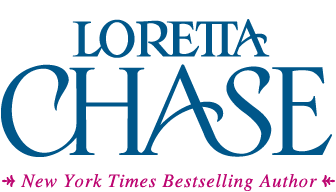George Crukshank, The Blue Devils, 10 January 1823, courtesy Harvard Library
This is the first post about the Cruikshank prints mentioned in the book, with some notes about the imagery. The Cruikshank images Ashmont has in his dressing room must have been quite popular, because they were reprinted at later dates, sometimes as late as a decade or more after the original. Unfortunately, it’s difficult if not impossible to get all the jokes and references in 19th-century satirical prints, but I’ll offer clues where I can. I do strongly urge you to click on the links, so that you can view the images enlarged, and note the many, clever little details.
“Pray remember the poor debtors”—reference to a window at debtors' prison where prisoners begged for money to pay their prison expenses. Clearly, the subject of the illustration is up the River Tick, as he might say. Also: A blue devil blowing his brains out. A blue devil offering a razor, for throat cutting. Another imp offering a noose. A gentleman presenting an IOU, tapping on our hero's shoulder. A pickpocket—likely to find only lint. Inside the fireplace, a grate containing no coal but a list of what’s owing to coal merchants.
A set of paintings deals with catastrophes: a shipwreck, a burning building, a domestic quarrel growing violent. Then there’s the empty bottle, the overdue bill, the funeral parade , with the Beadle (a parish officer) leading the way.
The Miseries of Human Life, first published in 1806, was extremely popular, and continued to be reprinted. Thomas Rowlandson, among others, illustrated scenes from the book. You can read more about that here at the Princeton University site. An image search on line will show you many of the illustrations, and you can find countless editions of the book online.
Buchan's Domestic Medicine, originally published in 1769 and continuing to be updated and printed long after Buchan’s death, was a famous book of home medicine, used all over the world. This is also available online.
The book labeled Ennui appears to contain poetry. As I discovered in researching Vixen in Velvet, there’s an abundance of lugubrious poetry from this era, featuring what we might consider an unhealthy preoccupation with death, especially the death of the young and beautiful. Unfortunately, the poets and their readers had good reason to be preoccupied. Medical practice was more or less insane, by our standards, and a common cold or a sliver could kill in a time long before antibiotics existed. Women died in childbirth all too frequently.
Have I missed anything? Cruikshank is so imaginative—and oh, what a career!

